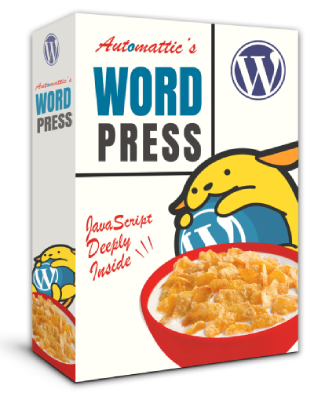Stop me if you heard this one. A person walks up to a web developer and asks, “So how much would it cost for, like, a basic website?” We’ve all been there and have tried to explain that “it depends” without coming off sounding like a shyster.
“But you work with WordPress and I heard it was so easy you could use it right out of the box! I don’t want anything fancy; I’m just wondering what it would cost for a basic WordPress site.”
One could substitute basic with vanilla, off-the-shelf, or myriad other words for unadorned averageness. The sentiment is the same: with no work or fancy requests, a site should be cheap and/or free and free is what everybody wants.
So why ISN’T an out-of-the-box solution like WordPress easy to translate into an all-in cost analysis?
I wasn’t being facetious before because IT DEPENDS. For starters, nothing is truly out-of-the-box. WordPress does a fair bit from the get-go, but it’s still an effort to implement without a drop of customization, let alone tweak it to truly match someones idea of their basic website.
Yes, you could grab a free copy of WordPress right off the shelf like so much breakfast cereal. In fact, any hosting company worth its salt makes installing WordPress a one-click affair (take THAT, Famous Five-Minute Install!). But just because you have the cereal in hand doesn’t mean you have your basic breakfast; have you factored in the cost of a bowl and some milk?

WordPress is a readymade content management system, but it will always take work (and a budget) to go from initial installation to meeting even the most restrained client wishes.
Some site necessities clients can see coming: hosting, domain names, content, branding. But what’s behind those items is where the true complexity lies. It’s not enough to have content to publish; a site needs a publishing workflow that matches the available amount of expendable effort a client has. There’s so much smart, targeted automation that a site can have, but it needs to be thought through thoroughly well before you start building things to be most efficient.
I liken it to the biggest issue I have with theme demos and static comps: the imagery. These design artifacts always have beautiful, high-res, huge images or ample video assets to fill a full video gallery and so on. It looks great and a client can get really excited about that but, without the manpower and resources to back that up from scratch, the outcome will likely fall flat. Take away the big visuals and you just have black text on a white background.
Features and functionality are where you can truly flex the powers of WordPress. It gets so much of the underlying system right that it looks easy. And the community is there with themes and plugins at the ready to help you extend your site without expending coding time (in theory). But it’s not as easy as it looks, folks, to go from a basic install to something user-usable on both the front- and back-ends.
WordPress is a huge draw and (rightfully) carries an air of accessible simplicity. So the next time someone asks you what a plain, ordinary, no frills, simple, straightforward, non-gussied up, bare bones, vanilla, basic, run-of-the-mill, average, white-bread, workaday, out-of-the-box WordPress site would cost, start with “it depends” and build on its solid foundation to go from initial expectation to intelligent execution.